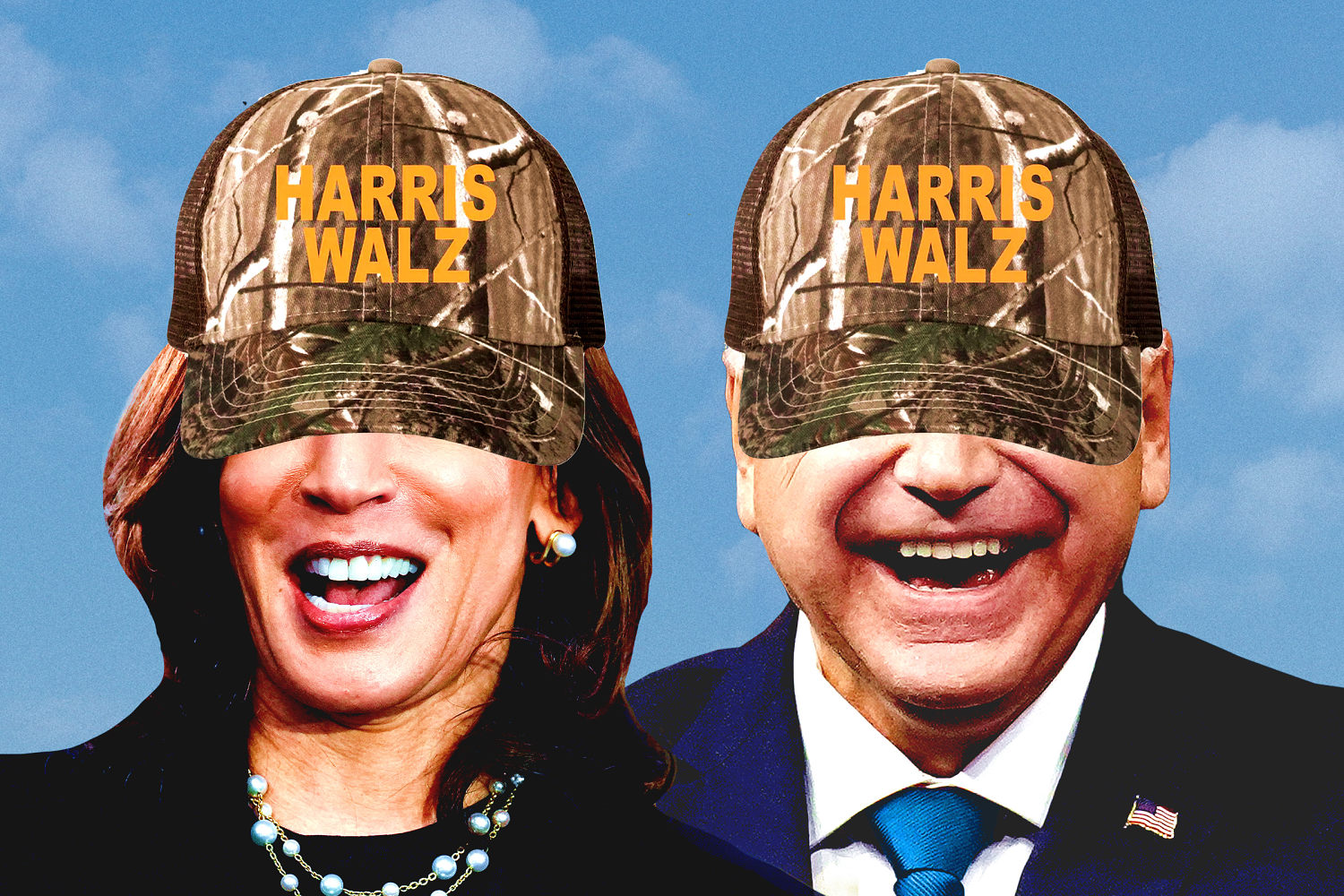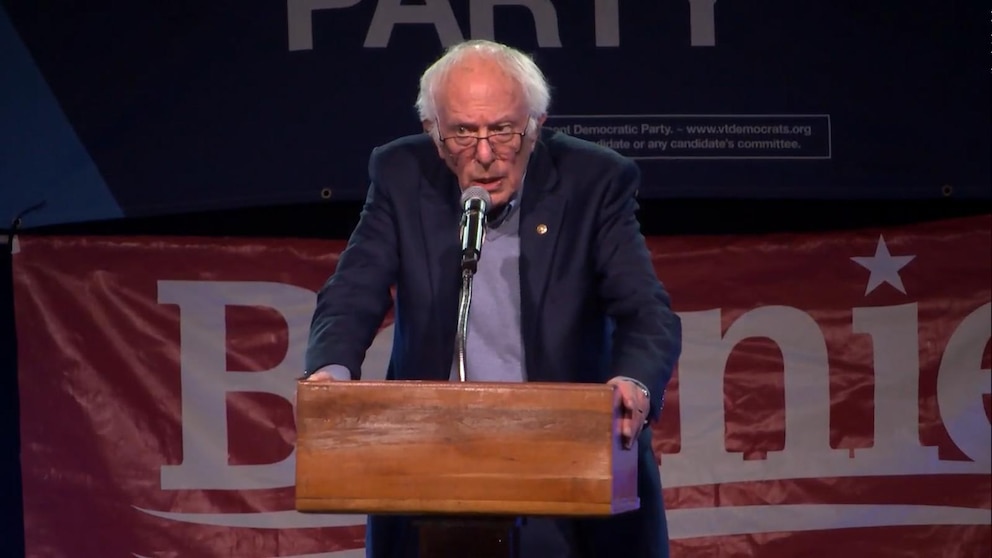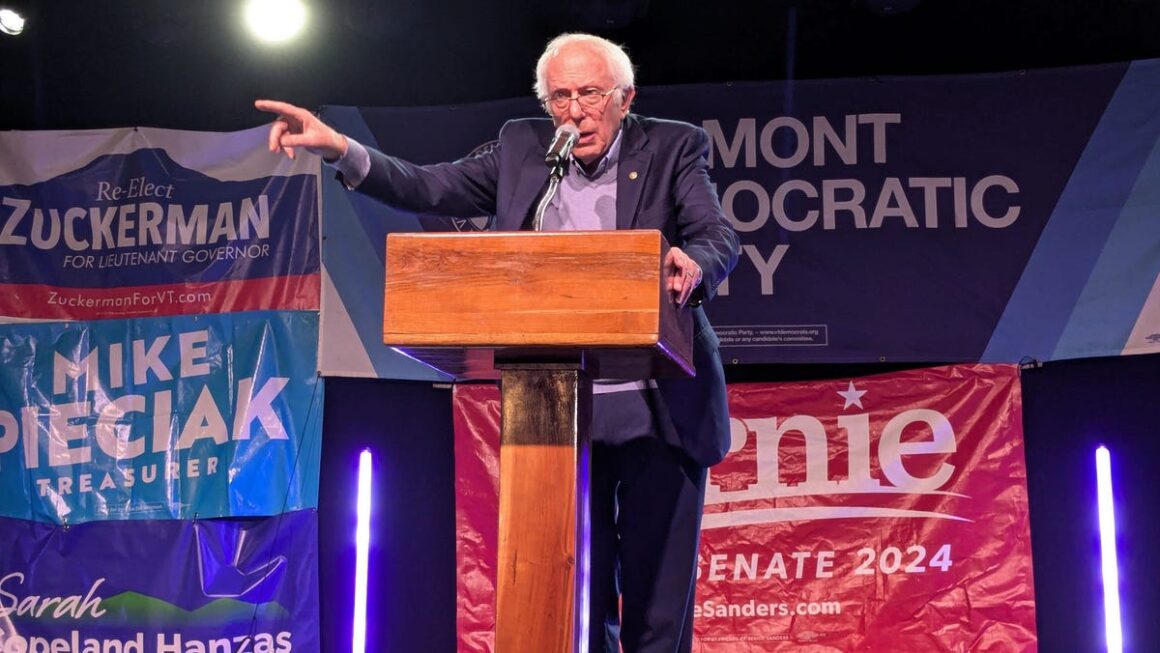
During the 2016 election, I recall sitting on the beach with friends in a Jersey Shore town that was split down the middle between Republicans and Democrats. Someone told a joke: “How can you spot a Trump supporter?” The punchline: “Because they’ll show you.” The person was referring, of course, to the bright red “Make America Great Again” baseball hat that had just made political and cultural landfall. Today, the accessory is as ubiquitous as ever.
While fashion has long been a medium to express personal ideology, political or otherwise, the MAGA hat ushered in something different. What may have begun as merely political support for a presidential candidate became a salient symbol of exclusion, divisiveness and an invitation for heated debate. There is no single item that is more of a political and cultural juggernaut than the MAGA hat.
For certain Americans in liberal enclaves across the country, the cap is already a status symbol.
But now it could have a challenger. A $40 camouflage baseball hat baring HARRIS WALZ in orange, boldfaced print sold out in 30 minutes last week. As of Thursday, sales reportedly totaled nearly $2 million including pre-order sales. I’m sure that number has since grown. Singer Bon Iver wore one to perform at a Harris-Walz campaign rally in Eau Claire, Wisconsin. I saw at least one on Bedford Avenue in Williamsburg, Brooklyn. For certain Americans in liberal enclaves across the country, the cap is already a status symbol.
Not to evoke Harris’ most viral moment to date, but the camo hat exists in a cultural context, joining a trend that is already seeing an incredible upswing. While camouflage never truly exits the general fashion milieu, it’s enjoying a real moment. This is especially true for men’s fashion, so-called Carhartt-core, in its embrace of ‘90s-era military trends and a subversion of traditionally masculine pieces that perpetually exist outside of high-end fashion. (Look at any TikTok fluent Angeleno or Bushwick transplant for some combination of white ribbed tank top, oversized well-worn jacket, and heavy, silver chain jewelry.)
This aesthetic, camouflage baseball cap included, originated as practical and durable workwear for blue-collar Americans — a voting bloc that has been steadily leaving the Democratic Party since at least 2012. Walz’s place in the Harris campaign is clear: He is to be that Midwest everyman, that average-above-average working-class guy. And by, all accounts, he genuinely is. Walz even wore a black T-shirt, sneakers and, yes, a camouflage baseball cap, in the campaign video commemorating his place as a Harris’ vice presidential pick.
This aesthetic, camouflage baseball cap included, originated as practical and durable workwear for blue-collar Americans — a voting bloc that has been steadily leaving the Democratic Party since at least 2012.
The choice has sparked a lot of notable reactions. Meghan McCain, daughter of the late politician John McCain, seemed to read it as a grab for working-class voters, posting on X: “Putting someone in a camo hat doesn’t make them a moderate or appealing to red-state people. No one is that dumb.” That statement can be picked apart in another article, but it’s worth noting that even if McCain’s jaded assessment of the cap were entirely true, it still is an embrace of “red-state people,” as she calls them. That alone separates it from the inherent exclusivity of the MAGA hat.
Then there’s Chappell Roan. The Missouri-born 26-year-old singer has emerged as the breakout star of the summer. Chappell Roan, already a cultural, fashion and LGBTQ+ icon in her own right, famously rejected an invitation to the White House to perform for a Pride celebration, citing her belief in “freedom in trans rights, that means freedom in women’s rights, and it especially means freedom for all oppressed people in occupied territories.” The official merch for her “Rise and Fall of a Midwest Princess Tour”: a camouflage baseball with hat orange, boldfaced embroidered letters spelling “Midwest Princess.”
In an alternate reality, in a timeline where the Harris-Walz campaign hadn’t already proven to be extraordinarily meme-literate and internet savvy, perhaps this camo baseball hat would merely be a bid to appeal to those lost working-class voters and a true celebration of Walz’s Midwestern background. We aren’t in that timeline.
On the one hand, this hat is confirmation that the Harris-Walz campaign understands the social currency of trends and the power of virality. On the other, it signals, yet again, that the campaign is dedicated to appealing to the sprawling Gen-Z voting bloc. Many a political pundit and research poll have emphasized the power these young voters have to shape the election, and Harris is clearly listening. This is the second time in the month since Harris emerged as the presumptive Democratic presidential nominee that she has embraced a powerful, young and zeitgeist-y singer.
It’s naïve to believe that effective use of campaign merch is enough to win Gen-Z voters, long painted as fickle and disillusioned, the first generation of ostensibly liberal-leaning voters that won’t vote blue just for the sake of voting blue. Or that a trendy fashion statement will entice the votes of so-called red state people. But the hats are still selling. And they remain a powerful symbol for the reach and cultural impact of the Harris-Walz campaign in ways we can’t ignore.
![]()






